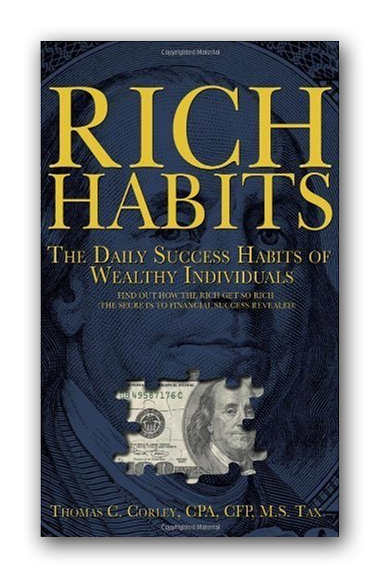![]()
When you understand how the body turns the food we eat into fuel, it’s pretty mind-blowing. There are various processes, or steps involved, in turning food into fuel.
Step #1 Converting Food into Glucose
As soon as food hits your lips, the saliva in your mouth begins breaking down that food. The munched up, siliva-drenched food then works its way down the esophagus into the stomach, where it is further broken down. As this broken down food makes its way through the digestive track, it transforms carbohydrates and proteins into Glucose.
Step #2 Glucose Absorbed Into Bloodstream
As soon as that newly manufactured Glucose reaches the small intestine, it is filtered through the lining of the small intestine, where it then enters the bloodstream.
Step #3 Glucose Transported Into Cells
As soon as the Glucose enters the bloodstream, the Pancreas is notified. Immediately, the Pancreas releases Insulin, a hormone. The Insulin is like an Uber driver. It’s job is to take the Glucose out of the bloodstream and get it into every cell in the body that’s screaming out for fuel.
Step #4 Cells Convert Glucose Into ATP
ATP, Adenosine Triphosphate, is the ultimate fuel for every cell in the body. But first, each cell must convert Glucose into ATP. Inside every cell are Fuel Conversion Plants, known as Mitochondria.
Once the Glucose passes through the cell membrane, Mitochondria come to life. There are literally thousands of these Fuel Conversion Plants within each cell. The Mitochondria grab onto the Glucose and calls to Oxygen to help it rip the Glucose to shreds. They call this process Oxidation.
During this violent, messy Oxidation process, some of the Glucose molecules lose their Electrons and those Electrons start flying around inside the cell. If they are allowed to bounce around, they could bounce off the inner cell wall, damaging the cell membrane, or worse, they could bounce into the Nucleus of the cell and damage the DNA that is protected inside the Nucleus. They call those wandering Electrons, Free Radicals.
The Oxygen molecules inside the cell, are then asked to do double-duty. They are given marching orders to float around the inner cell and look for wandering Free Radicals. When they find one, they attach themselves to the Free Radical, float out of the cell membrane wall and into the bloodstream. The blood takes these Oxygen-transported Free Radicals into the lungs, where the Oxygen is converted into C02. The C02 somehow manages to hold onto those Free Radicals, which are then breathed out into the environment.
Step #5 Excess Glucose Gets Stored For Later Use
Once the Mitochondria manufacture the ATP they need, any excess Glucose is transported back out of the cell and into the Liver, where it is converted into a stored form of Glucose, called Glycogen. After the excess Glucose is converted into Glycogen it is stored in the Liver, Muscles and Fat Cells, for later use.
Step #6 Glycogen Converted Into Fuel
If, for whatever reason, you fail to eat or fail to eat enough, your body will send out an SOS -OUR CELLS ARE RUNNING OUT OF FUEL This SOS is sent as soon as Glucose levels in the bloodstream drop too low.
Once the Liver receives this SOS, the Liver then notifies the Pancreas that it’s going to release Glycogen. The Pancreas then releases a hormone called Glucogon, whose job is to convert the Glycogen, back into Glucose where it will, once again, be transported into the cells who are screaming for more fuel.
The Liver has about 3-4 hours worth or stored Glucose. When it runs out, the Glycogen stored in the Muscles will be converted into Glucose. Because the body needs it Muscles, it can only afford to release a little bit of Glucose, as it needs the rest to keep the Muscles working. Once the Muscles say No More stored Glucose for You, the body will not turn to its Fat Cells.
Step #7 Fat Converted Into Fuel
In a process called Lipogenesis, Glucose stored in fat cells as Glycogen, is released and converted into Fatty Acids and Glycerol. That Glyceral is then transported into the Liver where it is converted back into Glucose, to fuel all cells. other than Brain Cells.
In a much shorter, more efficient process, the Fatty Acids that are earmarked for brain fuel, are converted into Ketones, in a process called Ketogenesis. These Ketones are further processed into Beta-Hydroxybutyrate (BHB), which the brain uses as fuel. The interesting thing is that BHB is 70% more efficient and produces 20% more fuel than Glucose.
My mission is to share my unique Rich Habits research in order to add value to your life and help you realize increased wealth, superior health, abundant success, fulfillment & happiness. If you find value in these articles, please share them with your inner circle and encourage them to Sign Up for my Rich Habits Daily Tips/Articles. No one succeeds on their own. Thank You!











Speak Your Mind